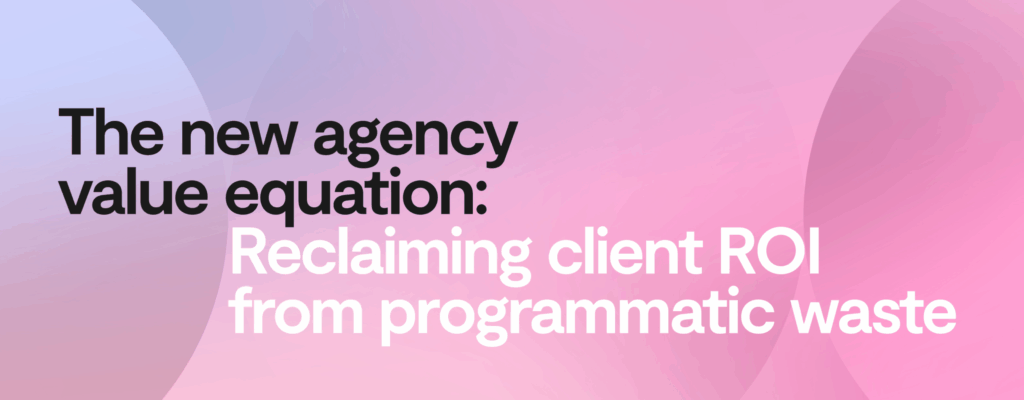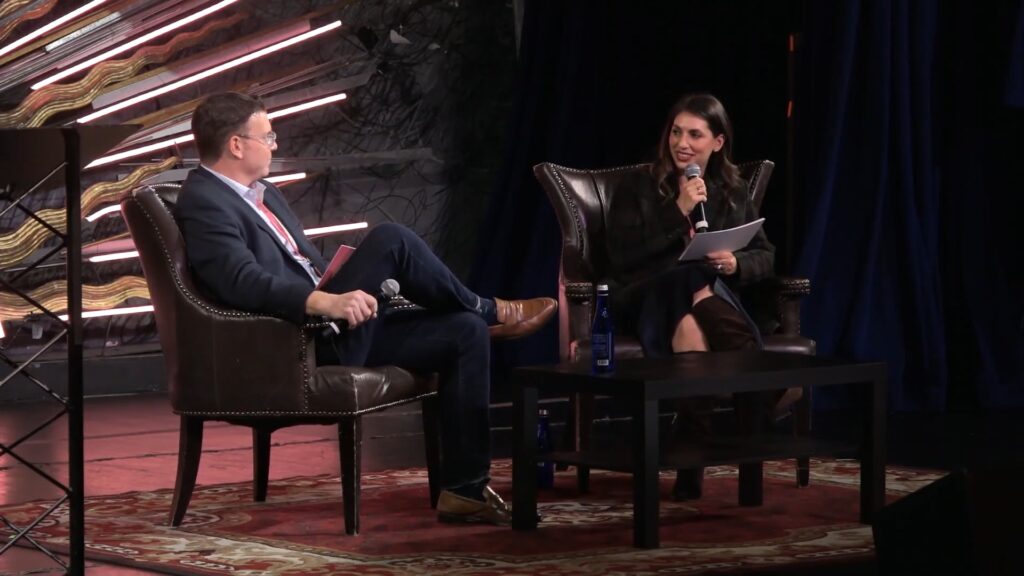- Blog
- Identity
Tackling the identity challenge: Why every publisher has 100% visibility on their audience
The days of tracking users across the internet are over. As the industry reacts to the impact of regulation and browser developments on identity solutions, there are few important questions that we need to ask ourselves to remain focused on privacy — and ensure those that hold valuable first-party data, remain the owners of that data. Firstly, any new solution needs to protect user privacy — ask yourself, does it replicate the world as it is today? Or does it improve privacy for the end-user? Equally, we need to consider how these solutions protect publisher data assets and value. For…

The days of tracking users across the internet are over.
As the industry reacts to the impact of regulation and browser developments on identity solutions, there are few important questions that we need to ask ourselves to remain focused on privacy — and ensure those that hold valuable first-party data, remain the owners of that data.
Firstly, any new solution needs to protect user privacy — ask yourself, does it replicate the world as it is today? Or does it improve privacy for the end-user? Equally, we need to consider how these solutions protect publisher data assets and value. For example, does a solution allow the decoupling of data and inventory? And lastly, we also need to consider scale. Question whether a solution only works for a very thin slice of the Open Web or whether it provides scale and allows data targeting across the whole of the Open Web too.
We believe identity is going to be replaced with Publisher Cohorts — a group of users that share some common attributes or behaviours within a publisher’s domain. Publishers can see 100% of their audience because they have a first-party relationship. And this allows them to make 100% of their audience available to advertisers — without using IDs in the bidstream. Without a user ID attached to bid requests publisher data does not leak out and it cannot be aggregated by downstream systems. This is great for the user’s privacy and great for the publisher.
At AdExchanger’s Identity Day, part of its Innovation Labs event series, we were able to present our view on Publisher Cohorts and why this approach means publishers can make sure that the data that is generated in their environment is kept safe.
To get a publisher’s point of view on the opportunities ahead, our VP, Americas, Kristy Schafer, spoke to Helin Lee, Audience Activation Lead at Vox Media. Here are a few quotes and highlights from Lee, and what that says about the future of advertising and privacy-by-design.
Users want to be able to tell publishers when and how to use their data
Vox Media is an early adopter of first-party data. Helin Lee said that regulation has shown that users want the ability to tell publishers how to use their data. The publisher wants to “step away from identifying users for the purpose of generating ad revenue.” She added: “We’d like to move forward with a technology that is not dependent on getting their personal information at a level that makes them feel scared.”
Publishers need to evaluate what first-party data they have that makes them unique
For publishers looking to attract advertisers with their first-party data — and encourage buyers to be less reliant on third-party data — Lee had some advice. “It’s going to be first-party data that exists past the third-party cookie apocalypse,” she said. “What we want to start thinking about is, what do I have, what can I do with it, and how do I use this to set myself apart — not just for advertisers, but from a user experience too.”
First-party tests show reach is better
Vox Media has been busy developing its first-party data platform Forte, working with 100 different brands to test its offering, so far. Lee said: “We’ve run a few campaigns where we’re comparing [the performance of] our Forte ‘small, medium business owners’ segment to a third party segment, and post-campaign analysis shows that Forte data had better reach.” Lee puts this down to the fact that “Forte data is refreshed more frequently and it’s collecting data live.”
Vox Media is using Forte “as a foundation to consciously build solutions that are morally correct,” and will continue to provide the best experience for its users, content generators, and advertisers. It’s this privacy piece that will need to be the focus. Identity solutions should protect user privacy and enable publishers to protect their data while generating revenue.
For an inside view on Vox Media’s first-party data platform and a deeper dive on Publisher Cohorts, access the full presentation and Q&A below.
You may be interested in
From scale to accountability: The new agency value equation
Learn MoreThe curation revolution: Rebuilding trust and transparency in programmatic
Learn MoreKeep going, there's more to uncover.
From scale to accountability: The new agency value equation
Discover how leading agencies are rebuilding efficiency and accountability in programmatic media. Learn the 3-step blueprint to reclaim ROI, reduce waste, and deliver verifiable performance through data-enriched PMPs.
The curation revolution: Rebuilding trust and transparency in programmatic
Discover how leading agencies are rebuilding efficiency and accountability in programmatic media. Learn the 3-step blueprint to reclaim ROI, reduce waste, and deliver verifiable performance through data-enriched PMPs.
The performance paradox: Why programmatic efficiency is broken
Discover how leading agencies are rebuilding efficiency and accountability in programmatic media. Learn the 3-step blueprint to reclaim ROI, reduce waste, and deliver verifiable performance through data-enriched PMPs.
The new agency value equation: Reclaiming client ROI from programmatic waste
Discover how leading agencies are rebuilding efficiency and accountability in programmatic media. Learn the 3-step blueprint to reclaim ROI, reduce waste, and deliver verifiable performance through data-enriched PMPs.
Curation as a revenue diversification strategy: Lessons from The Arena Group
The Arena Group is finding new ways to take control of its data and revenue. Discover their powerful new approach centered on curation.
How Acxiom and Fundamental Group are solving for the Outcomes Era
Acxiom’s Ruowen Liscio and Fundamental Group’s Angus Maclaine discuss solutions for the Outcomes Era in advertising. Discover how predictive targeting, curation, and AI are delivering results in a privacy-first world.





